Pietro Annigoni (Milan, 1910 - Florence, 1988), one of the greatest artists of mid-twentieth-century Italy, belonging to the group of “modern painters of reality”, a great portraitist, was able to represent the men and women his time by portraying not only their faces but also their souls.
An artist who attached great importance to drawing and technique, he was not interested in the work of many of his contemporaries characterized by more avant-garde thrusts, and at the same time his art was rejected by the abstractionists: “Nor do I know whether it is novelty to follow one’s instincts decisively and, first of all, to draw and sketch, yearning to arrive at constructing with frank character the parts and harmonious logic the whole. With this purpose, in the faith of regaining something of the ancient wonderful experience, of that craft which, unfortunately, has been lost, I have worked hard and without transition until today, in a solitude that frightens too many young people.”
Art historian Bernard Berenson said of him, “Pietro Annigoni is not only the greatest painter of this century but he is also able to compete on a par with the greatest painters of all time. He will remain in the history of art as the protester of a dark age.”
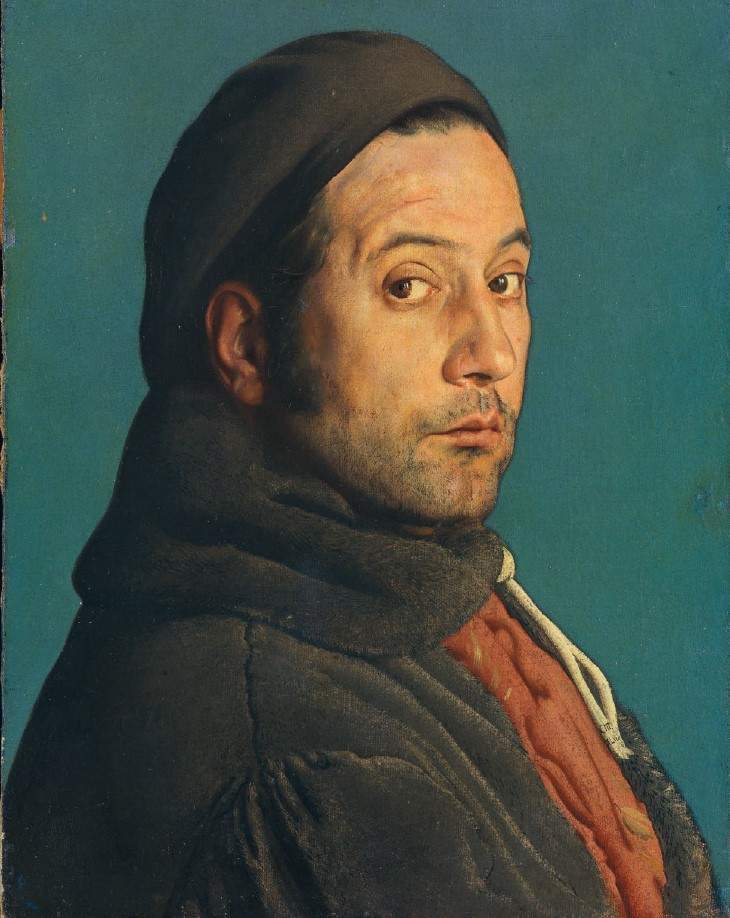
Pietro Annigoni was born in Milan on June 7, 1910. The son of a Milanese couple, although his mother was an American from San Francisco, the second of three siblings, he spent his childhood in Milan. His father was a well-known engineer, and in 1925 because of his work the family moved to Florence.
Annigoni in Florence attended the Collegio dei Padri Scolopi where he received a classical high school diploma. When his father’s work was over, the time came to return to Milan.Annigoni, who was already attending the Scuola Libera del Nudo and had shown an exceptional talent for drawing, decided to remain in Florence to continue his studies. He attended the Accademia delle Belle Arti where he graduated in Painting with Felice Carena, in Sculpture with Giuseppe Graziosi, and in Engraving with Celestino Celestini. During these years he made many lasting friendships such as the one with sculptor Mario Parri: it was in Parri’s studio that in 1928 Annigoni met Anna Maggini, a student at the Luigi Cherubini Conservatory, and the two married in 1937. Two children were born from the marriage, Benedetto in 1939 and Maria Ricciarda in 1948, and Annigoni, despite problems and long absences due to work, managed to build a good relationship with them.
The marriage was very complex: it was difficult for Annigoni to reconcile private and work life, and this created difficulties and disagreements, so by mutual agreement the two separated in 1954. Anna remained a reference figure for him, however, and a demonstration of this bond were the pages of Annigoni’s diary that he dedicated to her after his death. The artist participated in a group exhibition in 1930, which helped him get noticed. Two years later, in Florence, he set up his first solo exhibition at the Palazzo Forroni in the Bellini gallery; it was a great success: journalist Ugo Ojetti dedicated the third page of the Corriere della Sera to him , praising him and saying that his skill came from a careful and meticulous study of his surroundings. The 1936 exhibition in Milan was another success, and both public and critics spoke highly of it.
Annigoni loved to travel, visiting many European countries, including Germany where he became fascinated by Nordic Renaissance painting. Always during his travels he painted the places he visited experimenting with simpler painting techniques suitable for travelers, such as gouache painting. His nonconformist nature led Annigoni to distance himself from the world of official culture, and in 1947 he signed the Manifesto of Modern Reality Painters. With this declaration, the group, formed by Pietro Annigoni, Gregorio Sciltian, Antonio Bueno, and Xavier Bueno, came into conflict with the Informal current (which produced works not visually linked to reality) that arose in those years. The group disbanded in 1949, but Annigoni would stick to his claims to the end, a solitary struggle in defense of reality and the figurative.
The turning point for Annigoni came in 1949 when he painted the Portrait of Salvatore Ferragamo, a world-renowned fashion designer and shoe maker. Thanks to encouragement from his painter friend Dimitri Kratschkoff, Annigoni decided to leave for England, participated in the selection process to enter the Royal Academy, and thanks to Ferragamo’s letters of recommendation he was able to enter and exhibit, also in 1949. After that experience as a portrait painter and after the exhibition, within five years Annigoni became the official painter of the British royal family. The commission for the portrait of Queen Elizabeth II(read more about it here) got Annigoni’s career off the ground: the portrait was also used for the cover of Picture Post magazine on April 30, 1955, as well as for postage stamps, prints and engravings.
In 1961 he was chosen by Time magazine to portray President John F. Kennedy, and it was a great opportunity for Annigoni even though it was not a success, as Kennedy did not like the portrait: the president was very busy and was not willing to stay in the pose that long. In the portrait Kennedy comes across as tired and slightly cross-eyed; Annigoni had ultimately stayed true to his vision of reality. The following year he was commissioned, again by Time, to portray Pope John XXIII, and from this commission we are left with a drawing that fully captures the pontiff’s character and soul. Between the 1960s and 1970s he continued to portray famous personalities from around the world, yet Annigoni did not stop his production of paintings that went to investigate his inner world: his figurative explored the metaphysical-abstract with his Solitudes series(The Lesson, would you say this is a man?, 1953).
Annigoni felt like a painter from another time: as it was for many painters of the past, the real challenge was the fresco technique, the colors become difficult to mix and blend since the pigment is absorbed by the plaster. With the frescoes Annigoni meditated on God and the sacred: in his diaries the artist wrote, “I am a nostalgic for God [...] I need to know that in those churches there are men praying.” The frescoes that Annigoni executed in churches were always free of charge; he did not want to be paid for this kind of work. His last cycle of frescoes was in Padua in the Basilica of St. Anthony (1978-1988), where Annigoni sought a true dialogue with God.
In his last years he refused large commissions and withdrew into meditation. His last portrait was of his second wife Rossella Segreto: he had married her in 1974 after the painful loss of his first wife in 1969. To meet market demands he devoted himself to sanguines (a fast technique, sanguine chalk on paper prepared with chalk), executing many female and male faces that were taken from his many preparatory or fantasy drawings. He also devoted himself to painting landscapes, experiencing nature and playing with oil colors. After a long illness Annigoni died in Florence on October 28, 1988.
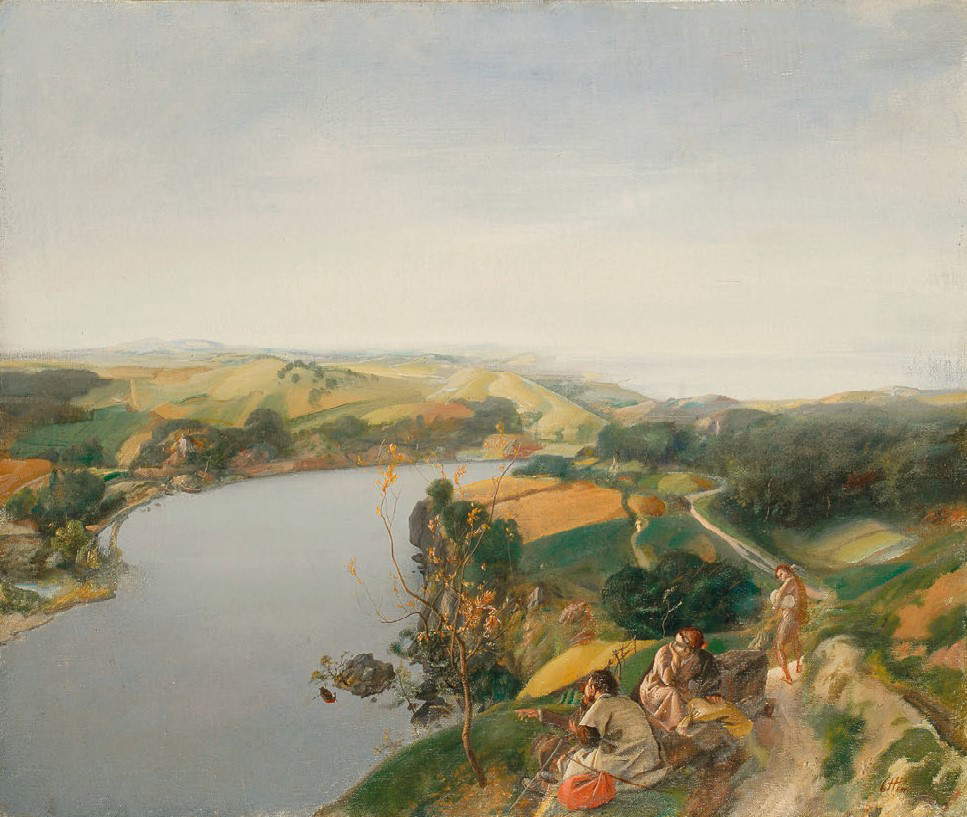
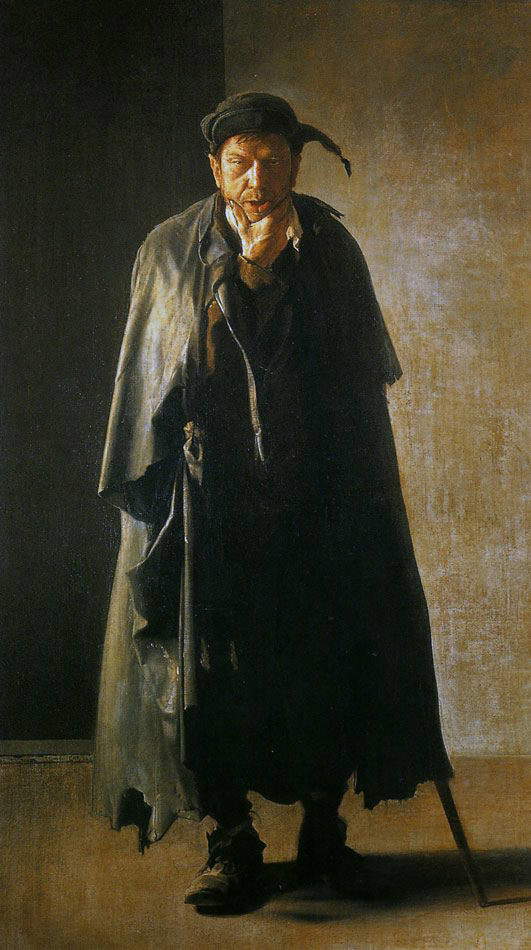
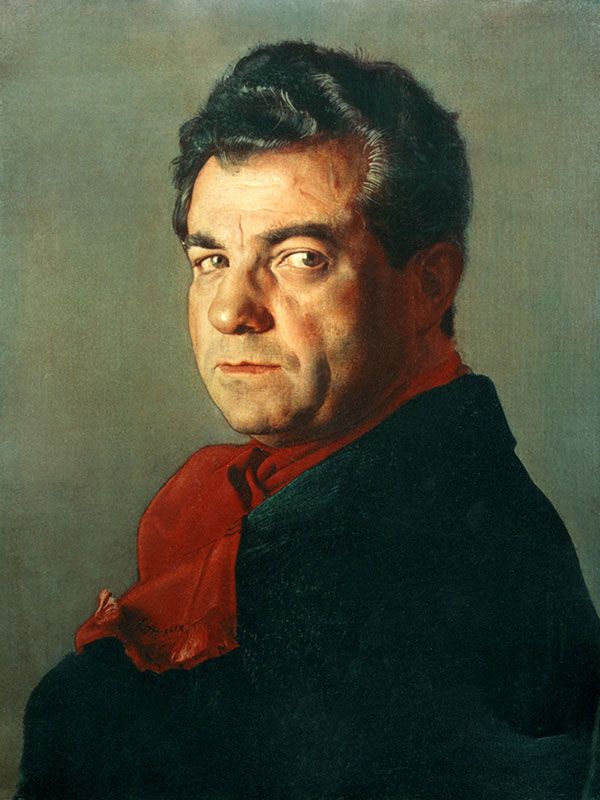
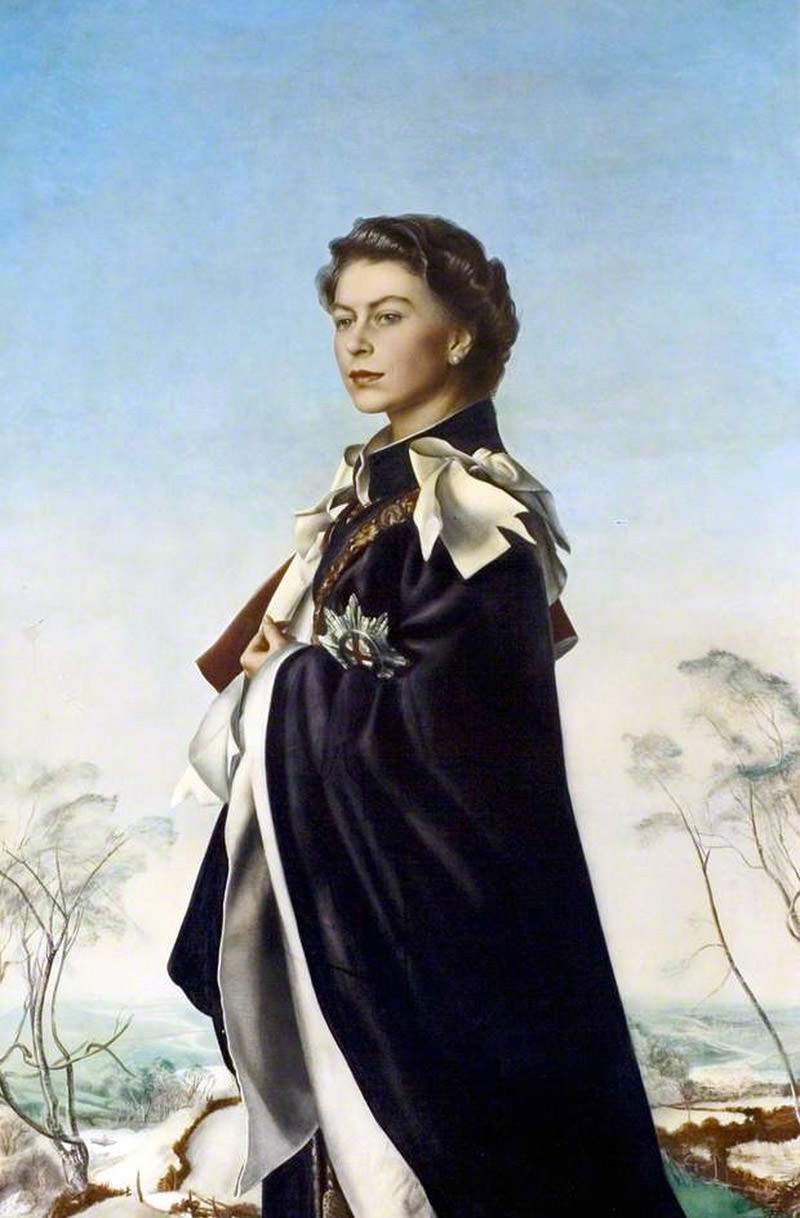
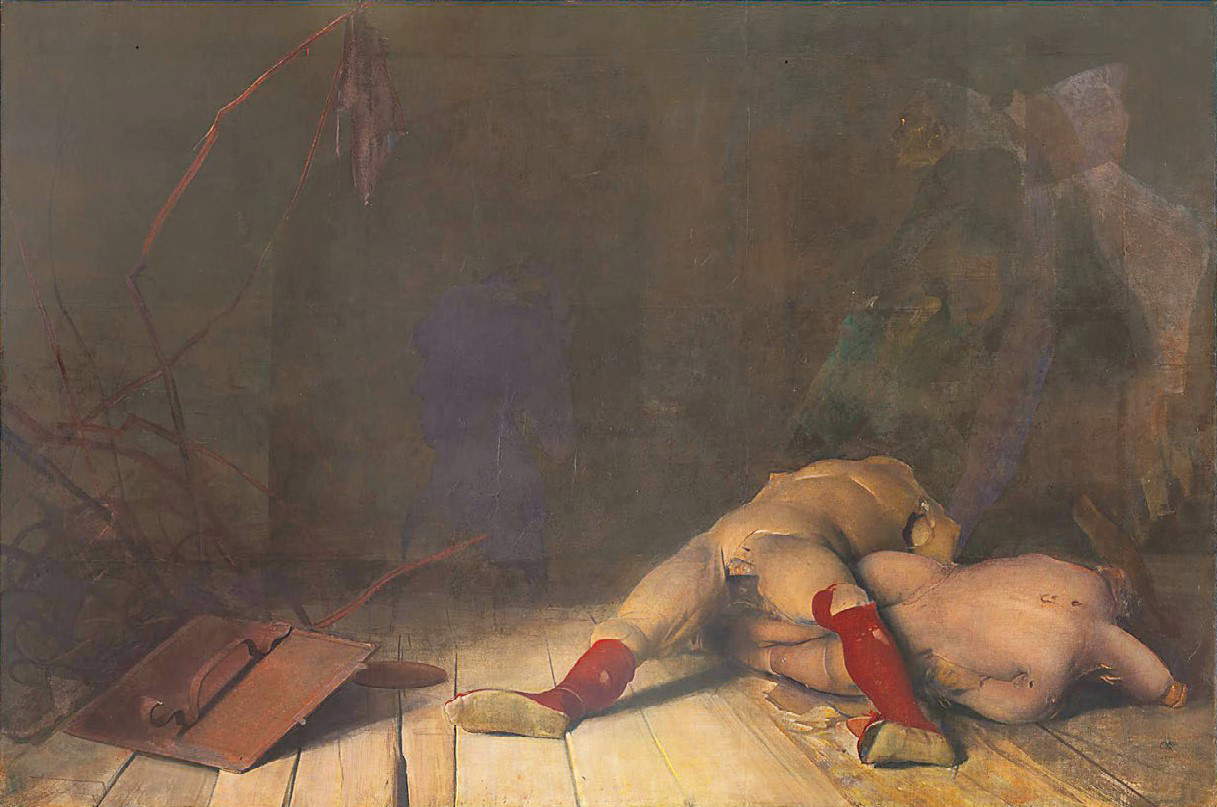
Pietro Annigoni throughout his life devoted himself to drawing and technique: it can be said that he wanted to paint like the greats of the past (he was part of the realist current). His first work dates from 1927, a year before the family moved to Florence: it is his Self-portrait in pencil, a demonstration of his technique and precocious talent.
During his academy years Annigoni improved his portrait technique and learned and experimented with new painting methods. Many of his early paintings depict ordinary people, such as beggars: The Death of the Beggar (1931) shows an Annigoni in search of his own style, with the characters who, though their faces are not well represented, make clear the pain and sadness of that moment. There are many paintings where Annigoni shows us the outcasts of society, with an almost anthropological look by studying faces and clothes: one of these is Cinciarda (1945), the eponymous beggar who wandered around Florence after the war (Annigoni often used him as a model).
Between the 1930s and 1940s Annigoni experimented with many techniques and subjects: these were the years of his first travels where he painted his landscapes in white lead(Il viaggio, 1934). During his wanderings he painted what he saw, his was an en plein air (in the open air) painting, in oil or tempera on small canvases or tarred boards (cardboard prepared with a layer of canvas and chalk): he wanted to capture in this way the places and moments in Europe in search of the places of great artists. The Stillness (1938) and View of Salzburg (1931) show how Annigoni was attentive both to details but also to the atmospheric and spiritual datum. He also practiced more classical themes such as the Lying Nude (1943), an interesting experiment between drawing and color that draws us into a reality made up of metaphysical suggestions.
The theme of the self-portrait for Annigoni was to be a pivotal point in his career, an excellent exercise of technique in the representation of the face but also an introspective psychological quest. Citing some of them in various years we can see how the mode of self-representation changes: theSelf-portrait of 1946, theSelf-portrait of 1954, theSelf-portrait of 1971. Different moments of life that can be perceived from the artist’s face and gaze. His portraits of the rest fully captured the spirit of the subject. Among Annigoni’s most famous works is undoubtedly that of QueenElizabeth II (Portrait of Her Majesty Queen Elizabeth II, 1954-55), and this portrait earned him the name “painter of the queen,” the epithet used in the press. Annigoni also painted politicians: see, for example, Portrait of John Fitzgerald Kennedy (1962), Portrait of Gerardo Kraft (1951), Portrait of Margaret Rawlings (1951), and Double Portrait of the Shah of Persia Reza Pahlavi and Empress Farah Dida (1968).
The paintings that best capture his loneliness and quest are the Solitudes series, where the artist goes on to reflect on human suffering and the condition of contemporary man, with realism combined with the metaphysical as in Solitude III (1973). From the 1960s until shortly before his death, Annigoni devoted himself to the creation of large cycles of frescoes, not simply representing the Old and New Testaments but bringing the spiritual religious character as close as possible to contemporary man: in the sanctuary of the Madonna del Buon Consiglio in Ponte Buggianese (Pistoia) one can, for example, observe the Deposition and Resurrection of Christ (1967).
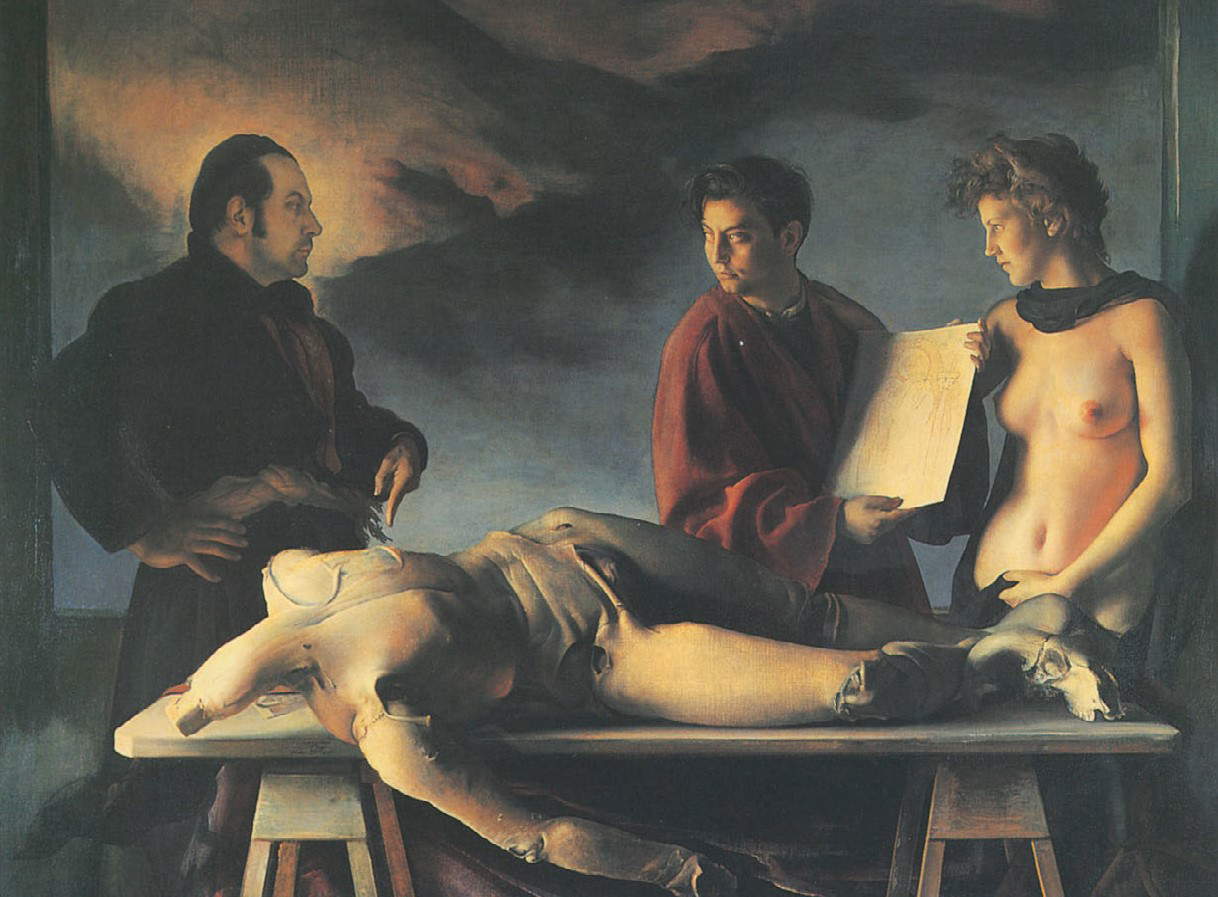
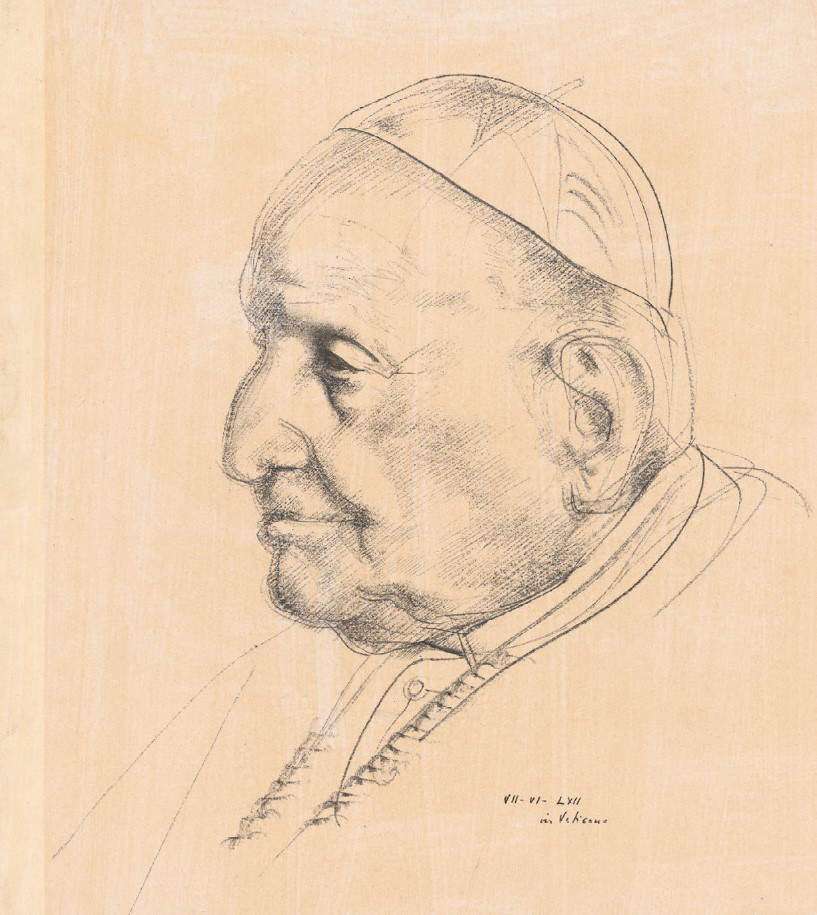
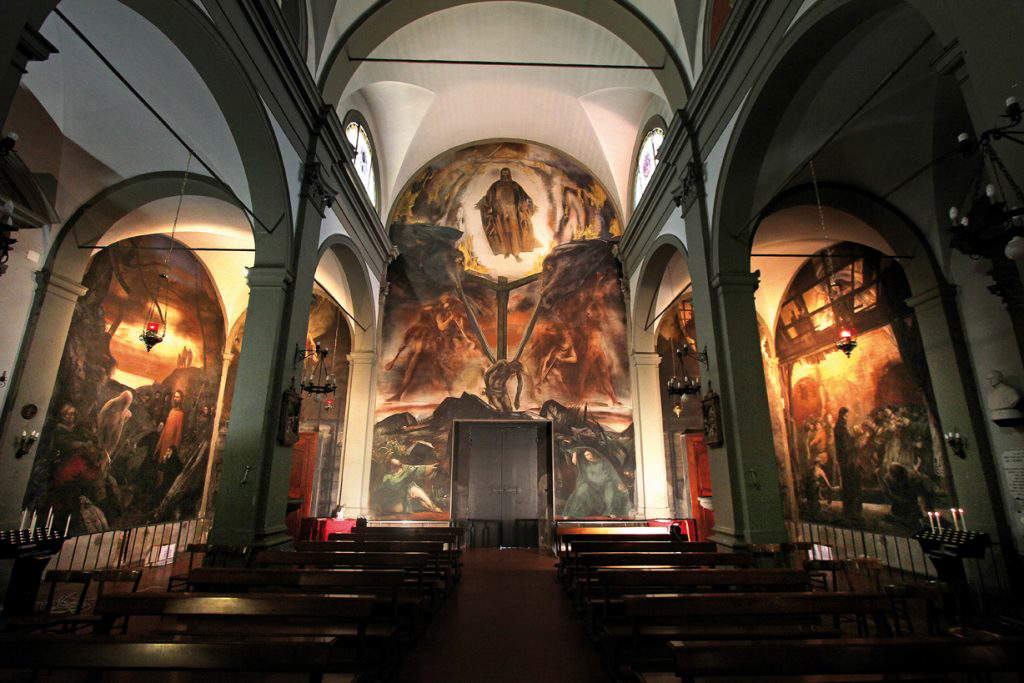
Annigoni left us a huge amount of drawings but also a great many paintings. Most of his works are collected in Florence at the Fondazione CR Firenze, in the Villa Bardini, where the Annigoni Museum has been set up: here there is a rich collection that follows the artist’s entire career. Also in Florence, some of his self-portraits can be found at the Uffizi Gallery. Salvatore Ferragamo’s portrait is kept at the foundation of the same name in Florence.
In Milan we can find his Self-Portrait with Friends (1936) at the Museo del Novecento. Some of his works can be found at the Museo Civico Pier Alessandro Garda in Ivrea. The Resurrection of Lazarus (1946) is kept at the Vatican Museums in Vatican City.
Frescoes can be seen in Florence at the Convent of San Marco, in Ponte Buggianese at the shrine of the Madonna del Buon Consiglio, and in Padua at the Basilica of St. Anthony.
Outside Italy we find him in London at Fishmongers’ Hall where the portrait of Elizabeth II is kept, and one of his works is also in China: it is the Anchorites of the Desert (1957) in the Quan Shanshi Art Center collection in Hangzhou.
 |
| Pietro Annigoni, modern painter of reality. Life, works, style |
Warning: the translation into English of the original Italian article was created using automatic tools. We undertake to review all articles, but we do not guarantee the total absence of inaccuracies in the translation due to the program. You can find the original by clicking on the ITA button. If you find any mistake,please contact us.